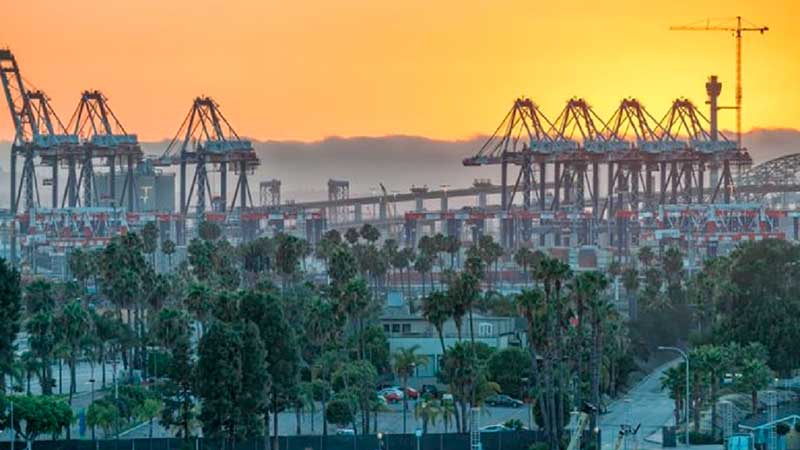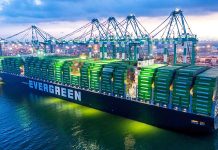
And with the forward booking visibility of transpacific carriers indicating that the US import boom is set to continue to at least the Chinese New Year in February, import throughput is likely to stay high.
However, the intense focus on repositioning empty equipment back to Asia, to meet export demand and benefit from the exceptional high market rates, has skewed the trade imbalance further.
Blue Alpha Capital’s analysis of the top ten US ports recorded a 24.5% jump in imports through the west coast in November to 1,042,331 teu, and 26.6% more containers for east and Gulf coast ports to 965,485 teu.
This combined total of 2,007,816 teu takes throughput for September, October and November to over 6.1m teu – 18.8% higher than the year before. And with December import volumes equally strong – port of Los Angeles Signal data for this week and next forecasts increases of 49% and 46% – the year is set to record ‘modest growth’.
But this seemed inconceivable at the start of the pandemic, said Blue Alpha Capital founder John McCown, adding: “With the likely gain for December, 2020 will close out with an annual gain in the 1.5% range. That would have been unthinkable at the outset of Covid in March and would be a reversal of the modest 0.9% decrease in 2019.”
The consultant noted that several import sectors saw big spikes in volume during November, the furniture, sporting goods and toy categories recording a 55% gain, up on the 52% and 41% gains seen in October and September.
“The stay-at-home lifestyle has generated volume in an array of consumer products,” said Mr McCown, and he added that some of the demand surge was due to consumers reallocating what they would normally spend on vacations, dining out and entertainment.
Despite the positive import numbers, November US exports fell 4.2%, the ninth consecutive monthly drop, further worsening the trade imbalance to a near-historical record ratio of 2.32 import loads for every one export, according to Blue Alpha Capital.
“The latest data seems to confirm that the trade war is hurting our container exports more than our container imports,” reported Mr McCown, who said the latest data indicated that “much, if not all, of the initial impact of tariffs reducing container imports from China had dissipated”.
This he suggested left the American consumer “with a large hidden tax”, and that “instead of reducing imports more than exports, the net effect looks to be exactly the opposite”.
Fuente:
Mike Wackett-https://theloadstar.com/flow-of-us-imports-continues-to-surge-now-at-twice-the-rate-of-exports/



